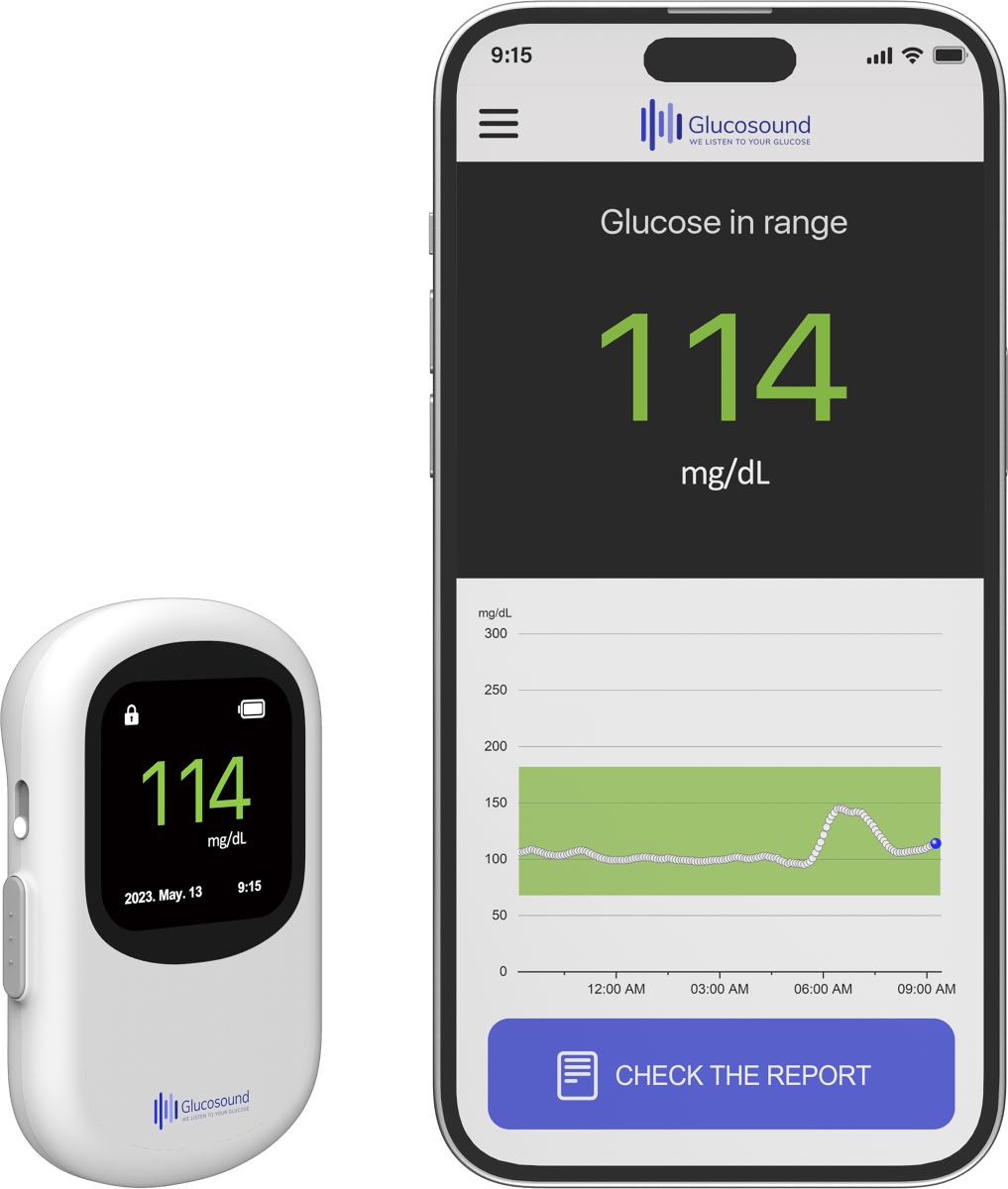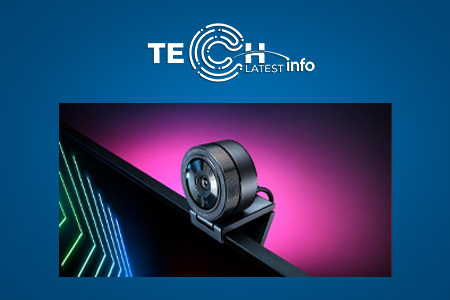People with diabetes have to monitor their blood sugar levels regularly by pricking their skin. Many glucose-monitoring device makers worldwide are pursuing needle-free approaches to make this painful process more manageable. Among them is a South Korean company called HME Square, which uses photoacoustics to test glucose levels noninvasively.
HME Square was founded in 2020 by Yoonho Khang, who previously worked in semiconductors at Samsung companies for 20 years, and Sooah Im, a medical doctor.
Khang tells TechCrunch that the co-founders wanted to develop a device to address this common health issue and decided to build a needle-free glucose monitor. Diabetes affects more than half a billion people worldwide, which is expected to increase to 1.3 billion by 2050.
HME Square, a member of this year’s Battlefield 200 at TechCrunch Disrupt, claims its initial study shows accuracy better than continuous glucose monitoring (CGM) devices on the market. A preliminary study shared with investors, based on the mean absolute relative difference (MARD) and the Clarke Error Grid (CEG), a tool used to assess the accuracy of glucose monitors, shows its current MARD is 7%. (The lower the MARD, the higher the accuracy.) CGM devices, such as those from Abbott, Dexcom and Medtronic, show between 8.7% and 9.2%.
The company’s device uses a MEMS sensor and photoacoustics using deep learning to measure blood sugar, Khang said. Photoacoustics is a noninvasive sensing technique that involves shining light on a substance (such as blood) and reading the ultrasonic waves it emits.
The technology also can be used for broader applications in various biological substances in the body, Khang notes. For example, it can monitor ketones, glycated hemoglobin (HbA1c), cholesterol in phase 2, and bilirubin and creatinine in phase 3.
HME Square is in the R&D stage now, and it will take a couple more years to bring the device to market in South Korea and the U.S., aiming for 2025, Khang said. The startup plans to apply good manufacturing practices (GMP) in Korea next year. GMP is a set of standards that ensures pharma products are consistently produced. After getting GMP approval, it will start clinical trials in the country, which will take around a year, Khang adds.
Unlike invasive measures such as blood sampling or CGM, which can easily set a reference point because samples are collected directly, Khang explains that with noninvasive glucose monitoring, it is not easy to get accurate outcomes or data.
“For example, the optical method technology used by Apple obtains a lot of data, but because it cannot directly compare signals from different wavelengths, it is challenging to improve measurement accuracy. We are focused on solving this problem, and we are currently making significant progress.”
Khang claims their photoacoustic method is superior because photoacoustic ultrasonic signals are made from glucose-absorbed energy from laser and contain more information, though a recent report says, “Among the non-invasive glucose monitoring techniques, the optical methods give the best measurements. Optical technologies such as near-infrared, mid-infrared, or Raman spectroscopy have great selectivity for glucose sensing given the complexity of the blood/tissue properties.”
The company will use a direct-to-consumer business model, selling products to people with diabetes and people who use invasive measures like CGM. The outfit is also considering adding subscription models once it commercializes, Khang says, adding that its device will likely cost around $1,000 for two years of use.
Since its inception, the company has raised more than $3 million from investors, including Postech Holdings. HME Square is in the process of raising $2 million for R&D and hiring additional staff.



/cdn.vox-cdn.com/uploads/chorus_asset/file/25024189/Matchmaker_Both_POVs.png)